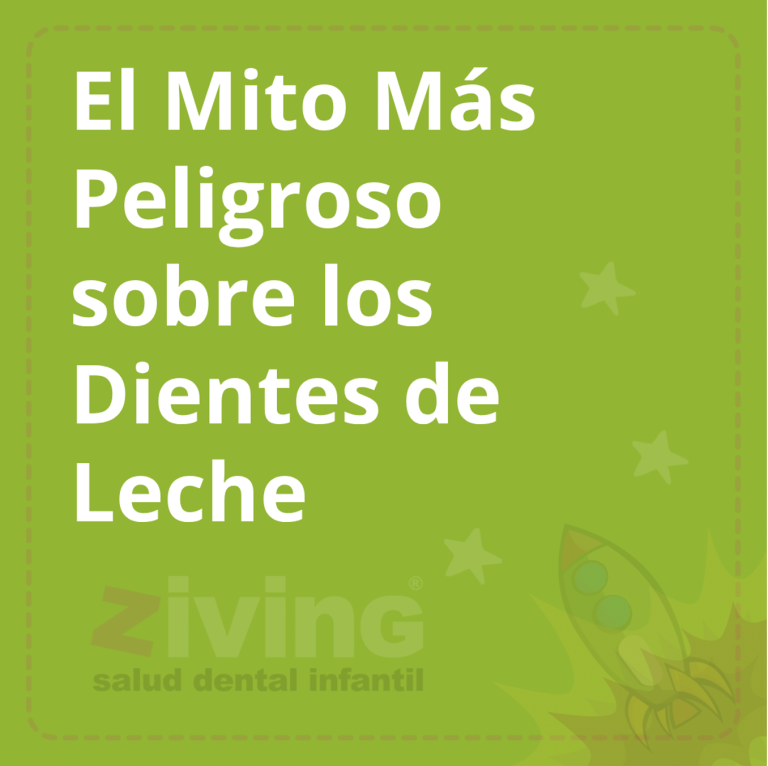
1. Crowding of the lower teeth
With age, the jaw bone loses its density. Their size no longer matches the teeth, which can lead to crowding of the lower teeth. The same may occur due to other problems, such as mouth breathing, tongue habit or facial trauma.
2. Diastema
The space between two front teeth is known as diastema, and can develop for a variety of reasons: crowding of the teeth, disproportionate jaws and teeth, tongue pressure, etc. Periodontal diseases are another trigger for this process, due to inflammation.
3. Tooth movement after orthodontic treatment
Our bodies change throughout our lives, and so do our teeth. After orthodontic treatment, it is important to wear a retainer to keep the teeth in the correct position.
4. Incorrect bite
Do you have headaches or even backaches? Your bite may not be correct, which occurs when the lower jaw and upper jaw are not properly aligned. This pathology is called malocclusion and is corrected with appropriate orthodontic treatment.
All of these changes are completely normal, but that doesn’t mean you have to live with them. The number of adults starting orthodontic treatment is increasing. Whether you are eight or eighty years old, the biological process of orthodontic treatment is the same. Adults have denser bone tissue than children, so treatment may take a little longer, but age does not prevent teeth from moving.
At Ziving Tomas Sastre we will be happy to give you more information!



